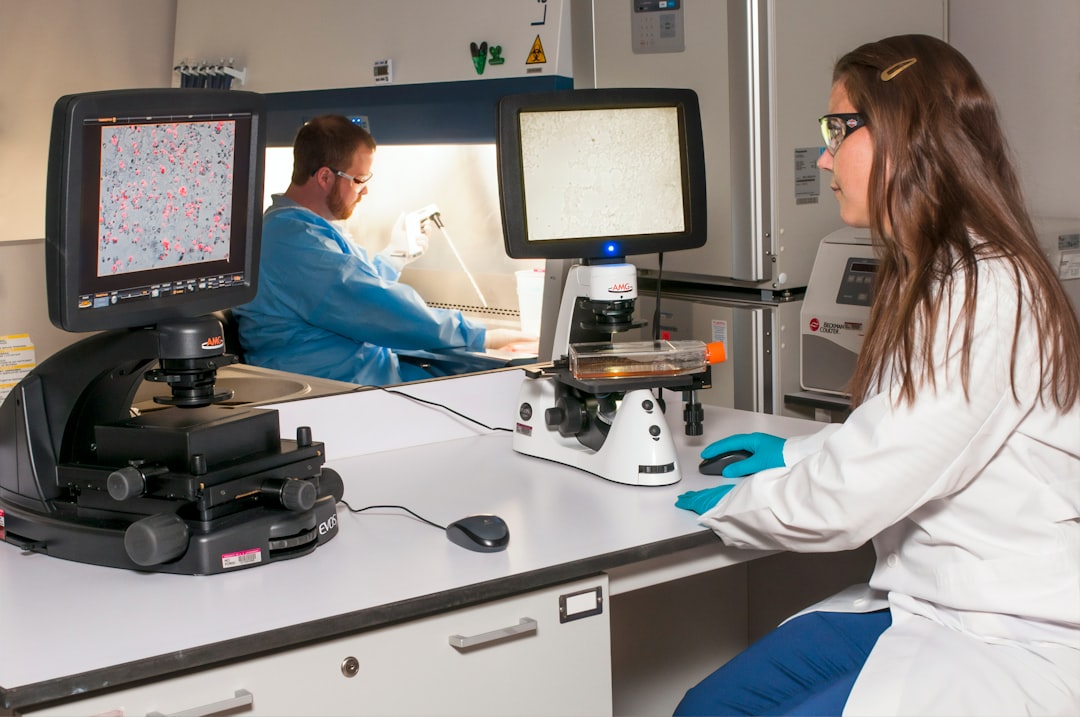What is it about?
Problem Roughly 20% of the population in industrialized countries suffers from contact allergies to Ni2+ or Co2+ released from metal-plated objects such as costume jewellery, medical implants or pigments in hair dyes and ceramics. Although affected individuals face considerable limitations in health, life quality and professional capability, still no specific medication is available and treatment regimens mainly rely on the use of topical corticosteroids. However, corticosteroids can cause serious side effects upon continuous administration, hampering treatment of patients with chronic or work-related disease histories. Recently, the bacterial LPS receptor human Toll-like receptor 4 (hTLR4) has moved into focus of therapeutic considerations as its activation generates the necessary innate immune signal required to initiate allergic skin responses to Ni2+. Results Here we evaluated administration of soluble hTLR4 (sTLR4) variants or disruption of hTLR4 dimerisation as potential strategy to interfere with metal-induced inflammation. Using supplementation experiments in hTLR4-deficient primary human keratinocytes we demonstrate that Co2+ resembles Ni2+ by triggering proinflammatory responses via hTLR4 and its co-receptor MD2. We show that both metal allergens and LPS require hTLR4 dimerisation to induce cytokine expression as evident by the abrogation of responsiveness by alanine mutation of a single asparagine (N433) at the hTLR4 dimerisation interface neighboring the metal binding domain. Unlike LPS, however, Ni2+ and Co2+ do not require MD2 to induce hTLR4 dimerization. As a result, administration of MD2-free sTLR4 to metal-sensitive cells inhibited Ni2+– or Co2+ -induced cytokine production without affecting LPS-responsiveness. CONCLUSION 1.Co2+ and Ni2+ activate hTLR4/hMD2 by facilitating hTLR4 dimerization 2.Unlike LPS, Ni2+/Co2+ do not require hMD2 to trigger hTLR4 dimerization but MD2 is necessary for initiation of subsequent proinflammatory signaling. 3.Administration of sTLR4 derivatives may be a better option to inhibit metal-induced hypersensitivity than targeting the hTLR4 metal binding site as this approach is prone to affect hTLR4 dimerization and bacterial responsiveness.
Featured Image
Why is it important?
Impact Our results raise the option to employ extracellular, metal-chelating sTLR4 to specifically inhibit metal-induced hypersensitivity in a better-tolerated manner. They further warrant caution with therapeutic efforts targeting the predicted metal-binding sites in hTLR4 by small molecules or peptides as this approach is prone to impair hTLR4 dimerisation and bacterial defences as well.
Read the Original
This page is a summary of: Metal allergens nickel and cobalt facilitate TLR4 homodimerization independently of MD2, EMBO Reports, October 2012, EMBO,
DOI: 10.1038/embor.2012.155.
You can read the full text:
Resources
Contributors
The following have contributed to this page










